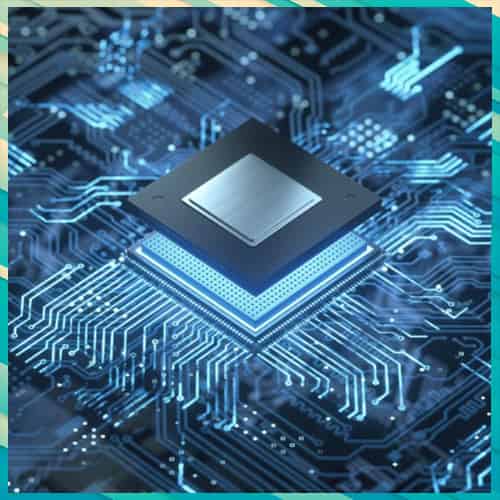
Semiconductor chips are the brain behind most electrical and electronic equipment that require some form of computing intelligence. Beginning from smartphones to electric vehicles, semiconductor chips are required everywhere. India is already a major hub for semiconductor research, chip design, and equipment engineering, but its future potential is even greater. As electronics now its second biggest import cost after energy.
India’s semiconductor demand is expected to more than double to $64 billion by 2026, launched a Rs 76,000 crore semiconductor scheme that aims to establish semiconductor and display fabrication facilities and the corresponding chip ecosystem.
India’s goal is to become a world leader in the semiconductor industry. Domestic semiconductor consumption is expected to cross $80 billion in 2026. It is a known fact that most of the chips are manufactured in Taiwan. TSMC, the world's largest contract chip manufacturer, started making semiconductor chips in 1987. According to estimates, 90% of 5 nanometre (nm) chips are mass-produced in Taiwan by TSMC. However, the tensions between China and Taiwan have led to a global chip shortage.
Increasing tensions between the US and China are encouraging global chip makers to change their supply locations. This has a paradigm shift and these chip makers are currently concentrated on moving to East and Southeast Asia. Both the Indian government and the Tata group are placing their bets to ensure this shift will make India a new hub for semiconductor technology.
The United States and India’s semiconductor groups have teamed up to reinforce their cooperation in the global semiconductor industry. India holds over 6 percent of the world’s rare earth reserves, some of which are vital to the production of semiconductors, and Indian companies have been pushing for the government to take advantage of this fact.
Several Government Initiatives for Gearing Up the Indian Semiconductor Industry. India has launched a Rs 76,000 crore semiconductor scheme that aims to establish semiconductor and display fabrication facilities and the corresponding chip ecosystem.
Going forward, it will be an important platform to bring together global resources to identify actionable plans to support India to increase its presence in the world-wide chip industry and then enable global collaboration to execute the plans across all segments of the design and manufacturing supply chain, as well as creating semiconductor talent for the world.
See What’s Next in Tech With the Fast Forward Newsletter
Tweets From @varindiamag
Nothing to see here - yet
When they Tweet, their Tweets will show up here.




























